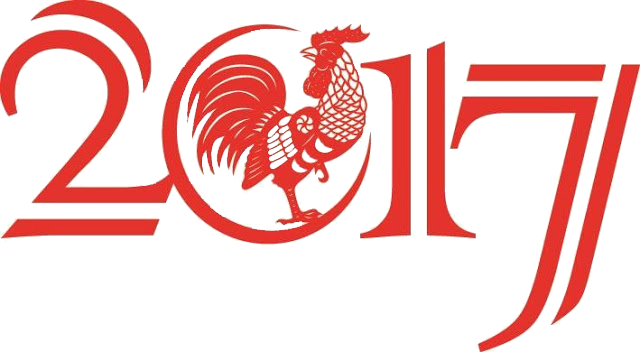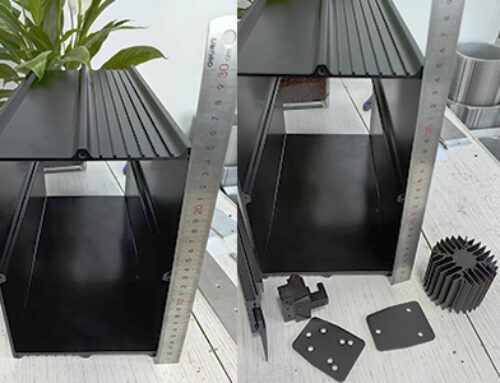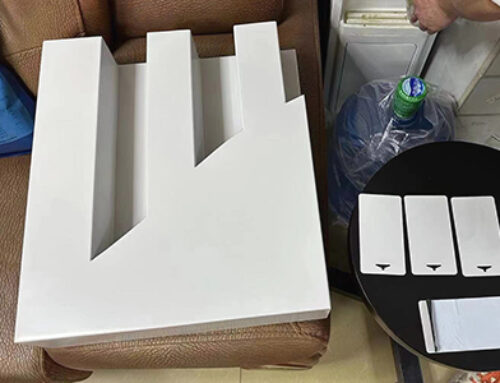Project Description

Aluminium Price-Review 2017
In 2017, The aluminium market continues to rise.
In 2017, the domestic and foreign aluminium market has been boosted by the two major policies of China’s production capacity and environmental protection. As of the end of December 2017, aluminium price in the international market rose 26.6%, while domestic aluminium price rose 17.5%.
The aluminium market was dominated by China policy in 2017. In the first half year, two policies had been introduced: Work Plan for Clearning up and Rectifying Illegal Projects in the Electrolytic Aluminium Industry (No. 656), and The Beijing-Tianjin-Hebei Region Measures for Prevention and Control of Atmospheric Pollution (2+26 policy). Under the influence of the two policies, China’s electrolytic aluminium production capacity and production had declined month by month since June. But after prices soared, stimulated the part of the compliance of new production and spare production capacity and production capacity, the annual output of electrolytic aluminium in China increased by 12.2% to 36.5 million tons, driven by China, global electrolytic aluminium production also jumped 7% to 63.8 million tons.
Aluminium consumption exceeded expectations. In 2017, the growth rate of aluminium consumption was estimated at 8.5%, which was well above the 6.5% forecast. Overall, home appliances and transportation support aluminium consumption. From a global perspective, consumption in countries and regions outside China was in good shape, and the consumption of aluminium in 2017 had witnessed strong growth.
The global market for raw aluminium continued to be scarce in 2017, but the Chinese market is clearly oversupplied. Although China and the rest of the world’s consumption were in good condition, and China’s electrolytic aluminium production was restricted by the two big policies successively, but China’s electrolytic aluminium market still appeared a significant excess, and the shortages still existed in the international market. The big surplus in the Chinese market was due to the fact that the two policies were concentrated in the second half of the year, particularly in the fourth quarter. In the first three quarters, China’s electrolytic aluminium output rebounded in a straight line under the encouragement of aluminium price inflation, and the market supply repeatedly exceeded the demand.

Aluminium Price-Outlook 2018
Both production and consumption growth slowed down. From the point of view of production, the effect of 2017 the moratorium on production capacity and winter production of aluminium plants will be fully reflected in 2018. Considering the seriousness of the policy and the complexity of capacity replacement, nearly 4 million tons of smelting capacity suspended in 2017 will not resume production immediately. On the contrary, it is doubtful that nearly 900,000 tons/year of heating will be renewed soon after the heating season. Although there are still more than 3 million tons/year of new or delay of the electrolytic aluminium production capacity plan and put into production in 2018, in No.656 document under the vestiges of these projects can be put into production on schedule with a question mark. The growth rate of China’s electrolytic aluminium production is forecast to fall to less than 4% in 2018. Output outside China has accelerated significantly but has little impact on the global landscape.
Aluminium consumption in 2018 will suffer triple constraints: First, the decline of real estate investment and new housing starts; Second, the cooling of infrastructure; Third, the slowdown in aluminium exports. The last point is related to the recent year of American barriers to the export of aluminium products from China. But there is a limit to China’s economic slowdown, and strong economic growth in the developed world itself will drive aluminium consumption. As a result, China’s aluminium consumption is expected to fall by 2 percentage points to 6.5 percent, while global aluminium consumption will fall by less than a percentage point.
Supply and demand in China are balanced and the global market gap is widening. It is expected that in 2018, China’s electrolytic aluminium production will decline faster than consumption, leading to a balance of the domestic aluminium market. Look from the global market, the output of China’s small growth and stagnation of China’s aluminium exports, it is difficult to offset by output growth outside China, so the gap of the global market again expanded to more than one million tons.
Aluminium prices bottomed up, and the range narrowed. Judging from the above supply and consumption, the fundamentals of China and the global electrolytic aluminium market have improved significantly in 2018 compared with 2017. If China’s aluminium price increase in 2017 is overdrawn, the price of aluminium has been fallen from 17,250 yuan/ton to 14,000 yuan/ton since November. Once a normal recovery after the second quarter, aluminium prices are likely to recover and LME aluminium prices will rise faster than China’s prices.



